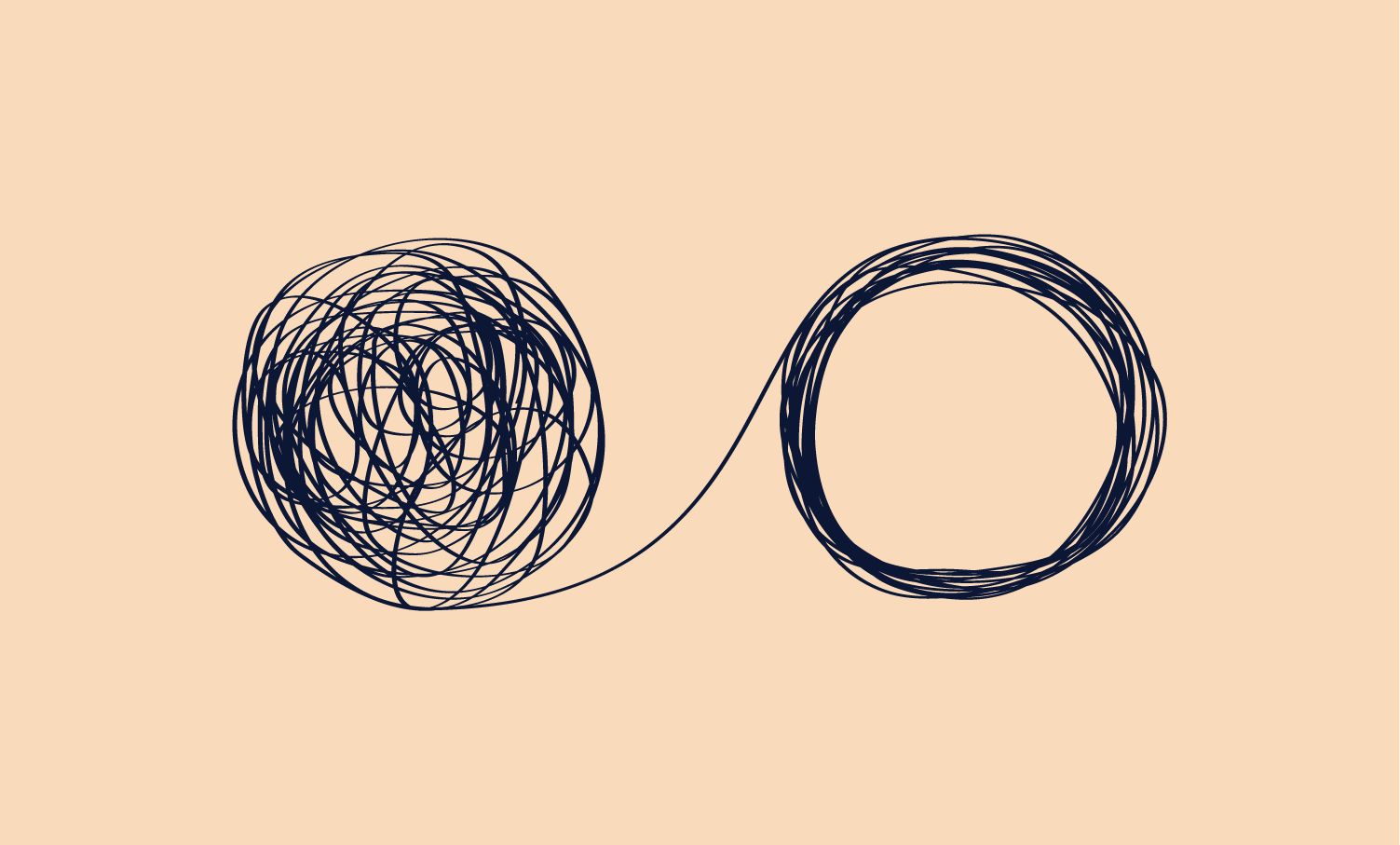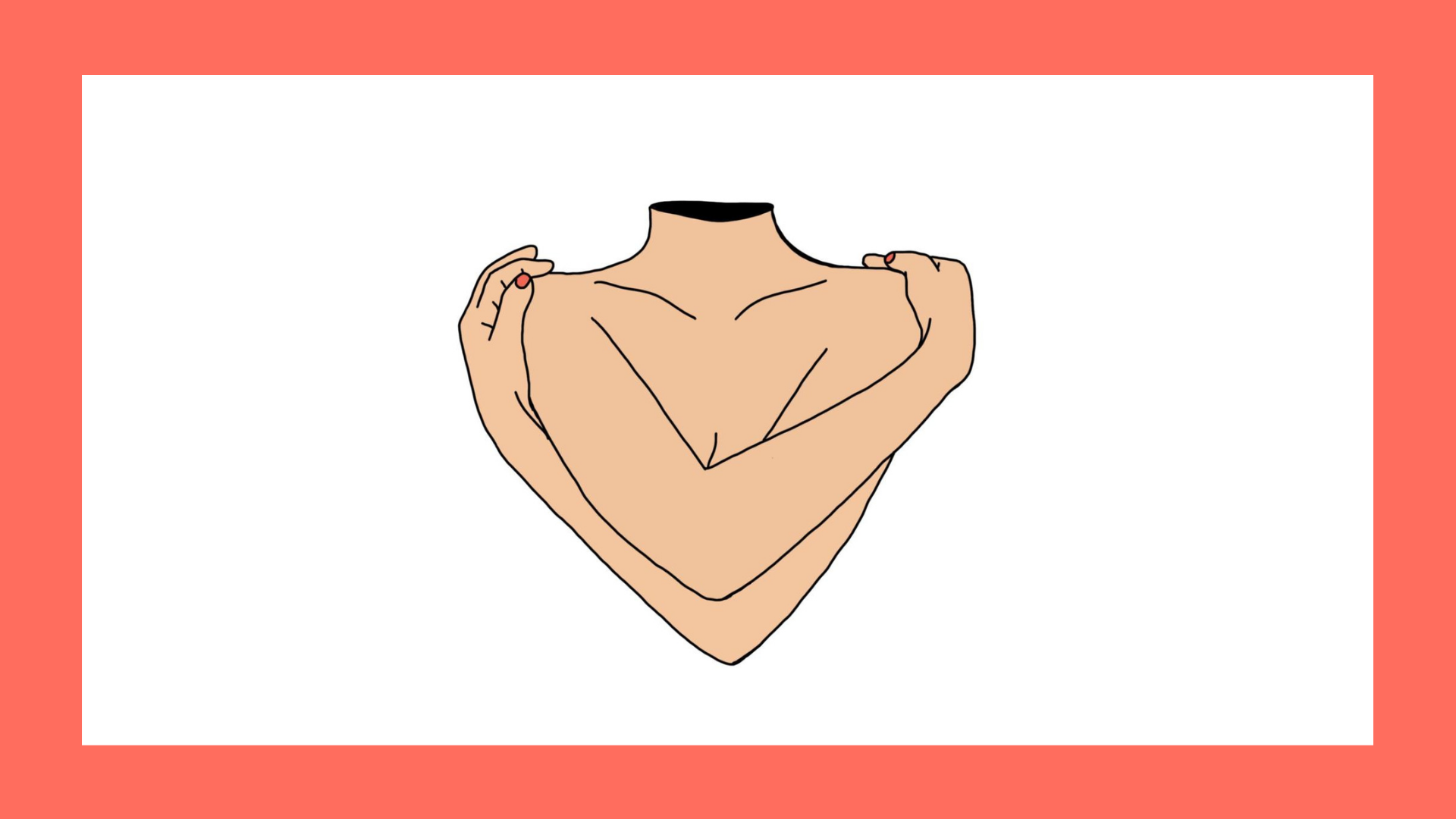
There’s a big difference between caring for others and being an ‘emotional caretaker’. Emotional caretaking can be traced right back to our early childhoods.
As a small child, your environment is almost entirely made up of the person taking care of you and conditions closely connected to them. If your caregivers had limited support from others, limited access to professional services (such as health visitors or GPs), limited social connections, worries about housing, food or finances, experiences of mental ill health and a high number of adverse childhood experiences, your experience might have been one in which your needs were not consistently met.
If this becomes a regular state for a sustained amount of time, to continue to feel safe, you as the child will do anything you have to do to make your caregiver feel better, so that you feel better. This is when compulsive caregiving starts.
There is an unconscious role reversal that happens – caretaking acts as a substitute for the missing caregiving, and this dynamic becomes the child’s environment and the primary condition for safety. This gets internalised as a rule for relating to people and, as an adult, this translates into a deep need to rescue, fix and take care of others in order to establish a sense of safety and connection.
Emotional caretaking involves feeling the chronic responsibility or impulse to caretake others, before looking after yourself. It looks like rushing in to ‘solve’ the problems or ‘fix’ the suffering of others.
The caretaker role often develops as a result of unspoken family contracts and ends up being a blueprint for how we operate in our adult relationships.
Perhaps you’ve been made to prevent or fix or rescue people from their feelings in order to help them regulate or remain attached to them. Perhaps your sense of self and worth is found in being of service to others as a result of your needs going unmet by caregivers. Perhaps without supporting others you feel overwhelmed by your own problems. Emotional caretaking looks like:
- Rushing to fix others’ feelings.
- Helping others before helping yourself.
- Avoiding conflict to save people from hurt.
- Avoiding saying no because people will be angry.
- Trying to control situations to secure your own comfort.
- People-pleasing to avoid discomfort.
- Jumping into problem-solving as a way of fixing the big feelings.
- Saving or rescuing people from their feelings.
- Denying your own feelings by focusing on helping others.
The primary challenge in all relationships, whether between parents and children, or between life partners, is to honour the ‘otherness’ of the other. What this means is to have the courage to take on the largeness of our own journey without asking our partners, children or friends to bear it for us.
It is the gift of honouring the ‘other’ in their separateness, their ‘otherness’. It seems paradoxical but true intimacy is really only possible when we fully own our own separateness and honour that in the other – their right to be ‘other’, to be utterly and totally themselves.
How to release from the role of the emotional caretaker
Releasing the ‘emotional caretaker’ role takes gritty effort.
We’d welcome you to start the work on this by writing a pair of ‘no-send’ letters:
- One addressed to your caregiver, starting with: ‘Some of the things that I didn’t get from you when I was younger, but things that I needed were . . .’
- One to yourself as a child, validating those things that were missing, starting with: ‘As an adult, when I’m looking back at you now, what I can see is . . ., what I notice is . . ., what I feel is . . .’.
Releasing from the caretaker role is about being in compassionate dialogue with the parts of yourself that might feel unsafe. It takes conscious practice, and includes:
- Not rushing in to ‘solve’ the problems or ‘fix’ the suffering of others. Instead, just being present with them.
- Letting people have their upsets instead of rushing in to comfort, explain or apologise (especially if their upset is about their own stuff).
- Allowing people to have their misconceptions of you without feeling a compulsive need to correct them and make them understand you/where you’re coming from.
- Walking away from people and situations when it’s clear they are not for your highest good (even when they are pleading for help).
- Risking external disapproval for making the choices you know in your heart are right for you.
- Setting boundaries with people or situations that want more of your time and energy than you are willing to give.
- Taking care of and validating yourself, your body, your ideas and your feelings when other people are unable to support you because of their own wounds.



